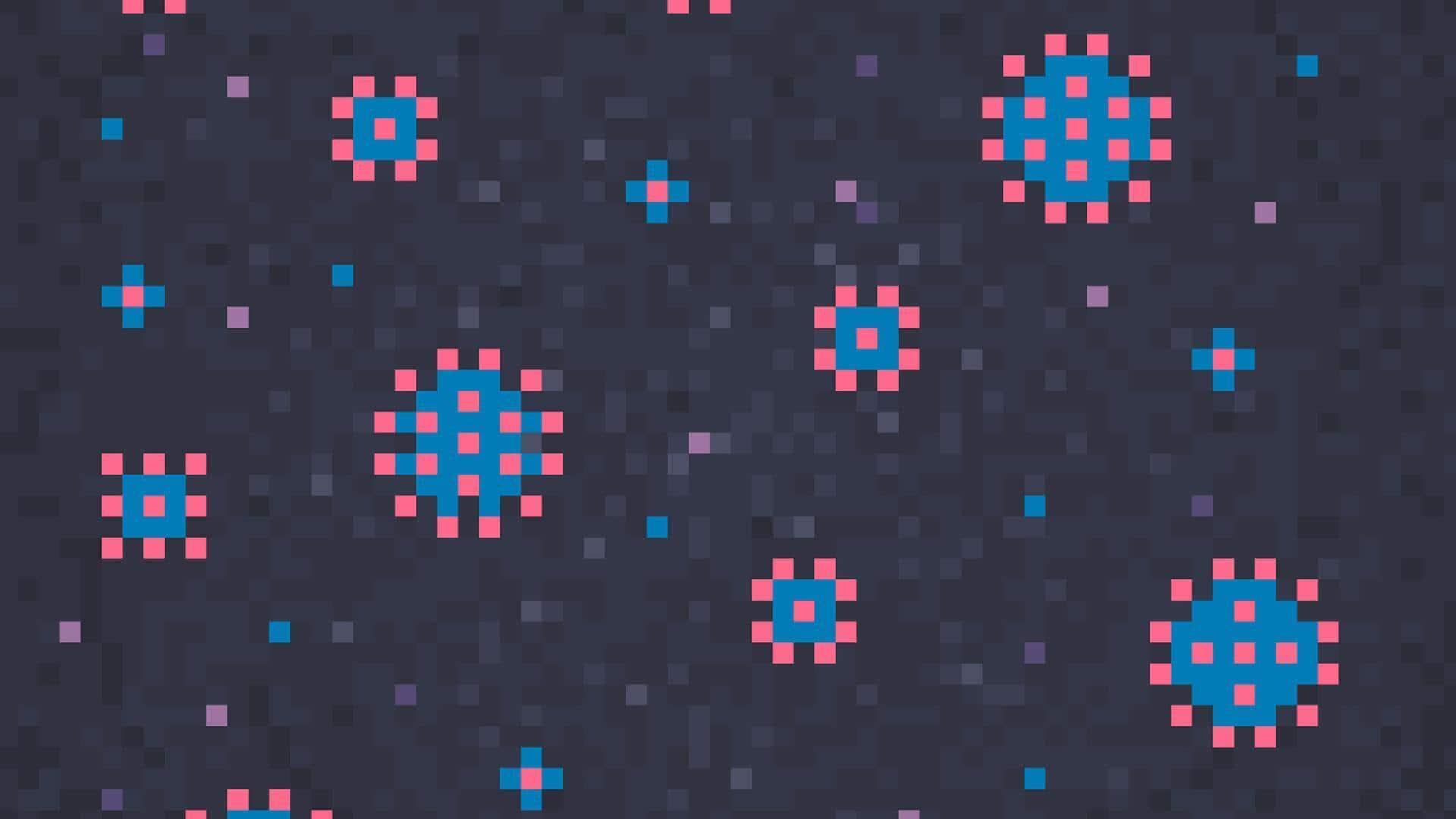
This is the world's smallest LED display, has virus-sized pixels
What's the story
In a major breakthrough in the field of display technology, scientists in China have developed the world's smallest light-emitting diode (LED) displays.
The team, which includes physicists, engineers, opticians, and photonics specialists from China's Zhejiang University in Hangzhou, has designed pixels as small as a virus.
Their work with University of Cambridge colleagues has resulted in these revolutionary LED displays, smaller than a grain of sand.
Pixel revolution
Nano-scale LEDs: A new era in display technology
The team's research marks a major shift in display technology.
Traditionally, the quality of electronic device displays, like smartphones, has been improved by packing more pixels into smaller spaces.
However, this approach poses challenges due to the high cost and inefficiency of using micro-LEDs made from II-V semiconductors.
To tackle this, Baodan Zhao and her team at Zhejiang University experimented with perovskite - an affordable material already used in solar panels.
Innovative solution
Perovskite-based nano-scale LEDs outshine traditional counterparts
Using perovskite, the team developed pixel-sized LEDs that are only 90 nanometers wide, making them nano-scale LEDs (nano-PeLEDs).
These new perovskite-based LEDs have exhibited incredible brightness, unlike conventional LED displays that fade out quickly.
Perovskite is a cheap crystal-structured material that efficiently absorbs and emits light.
Its unique chemical structure enables quick and efficient conversion of electricity into light - a perfect trait for LED technology.
Material benefits
Perovskite's versatility and potential in display technology
Perovskite's versatility also enables scientists to tweak its composition to change color or improve performance.
First known for its potential application in solar panels, perovskite is now becoming popular in the field of display technology.
Unlike traditional materials, perovskites can be processed at low temperatures and printed easily, making them perfect for affordable high-resolution displays like micro-LEDs and nano-LEDs.
Remarkable achievement
Nano-scale LEDs achieve unprecedented pixel density
With their nano-scale LEDs, the team reached an unprecedented pixel density of 127,000 pixels per inch. This is way higher than anything available in the market today.
"Apart from our scientific curiosity, such experiments demonstrate that at extremely small sizes, perovskite LEDs can still maintain reasonable efficiencies," Zhao said.
These super-tiny and efficient pixels could revolutionize ultra-high-resolution displays in Augmented Reality (AR) glasses and Virtual Reality (VR) headsets.
Challenges ahead
Limitations and future prospects of perovskite LEDs
Despite their remarkable feat, the team admits some limitations with perovskite LEDs.
As of now, these LEDs can only emit a single color (monochrome), which is a major drawback for taking on current full-color screens.
Also, it remains unclear how long these perovskite-based nano-scale LEDs would last in real-world devices.
Zhao also noted there's a limit to how much detail the human eye can discern beyond some 576MP.